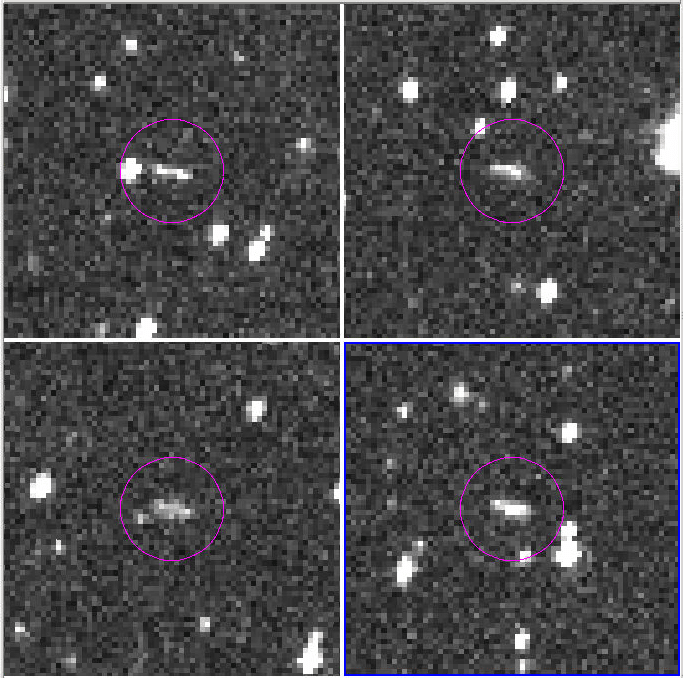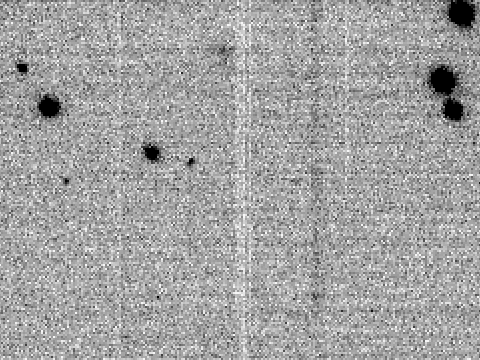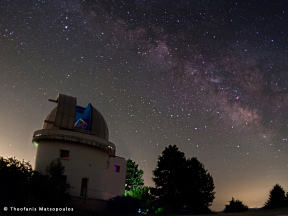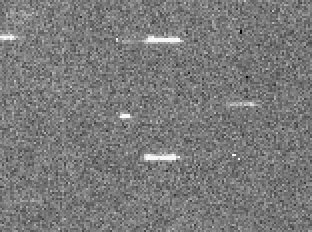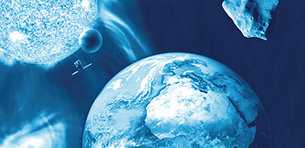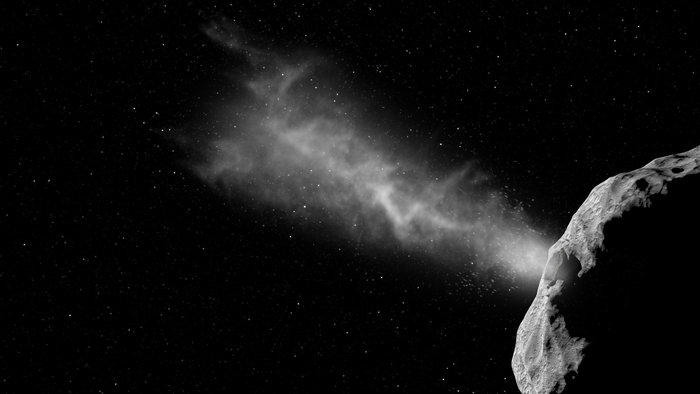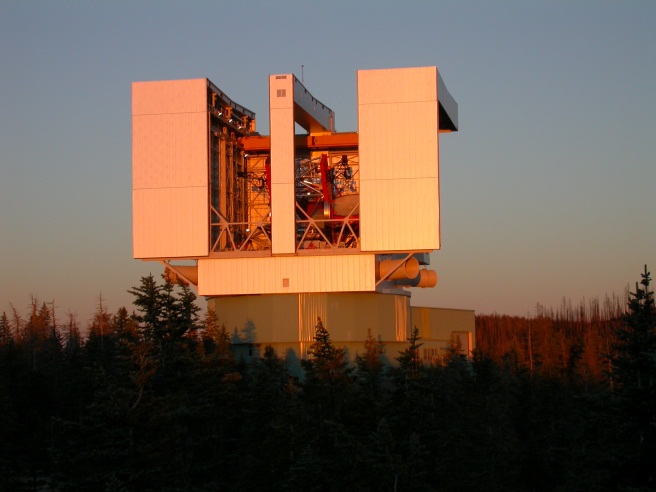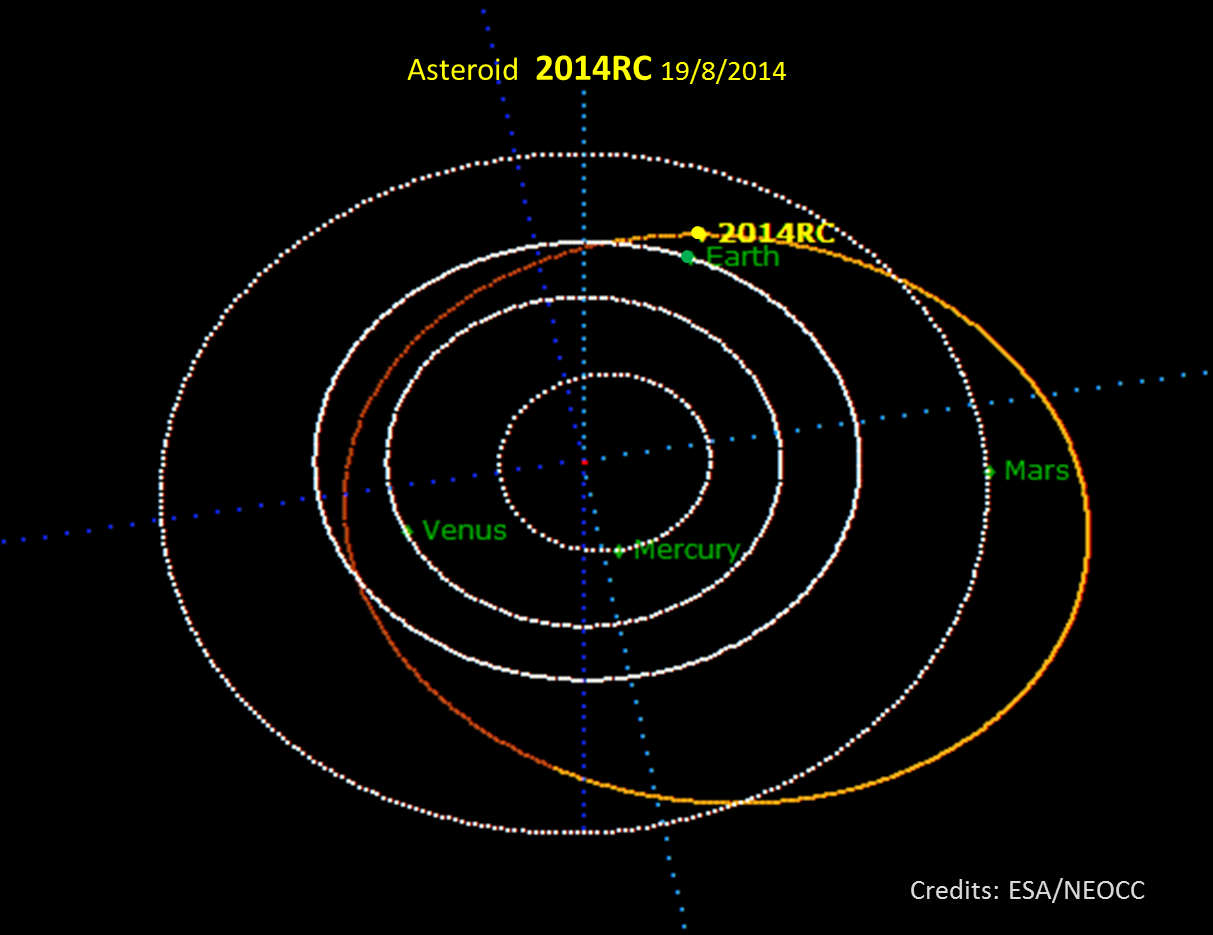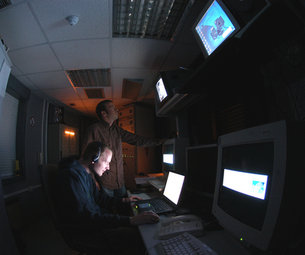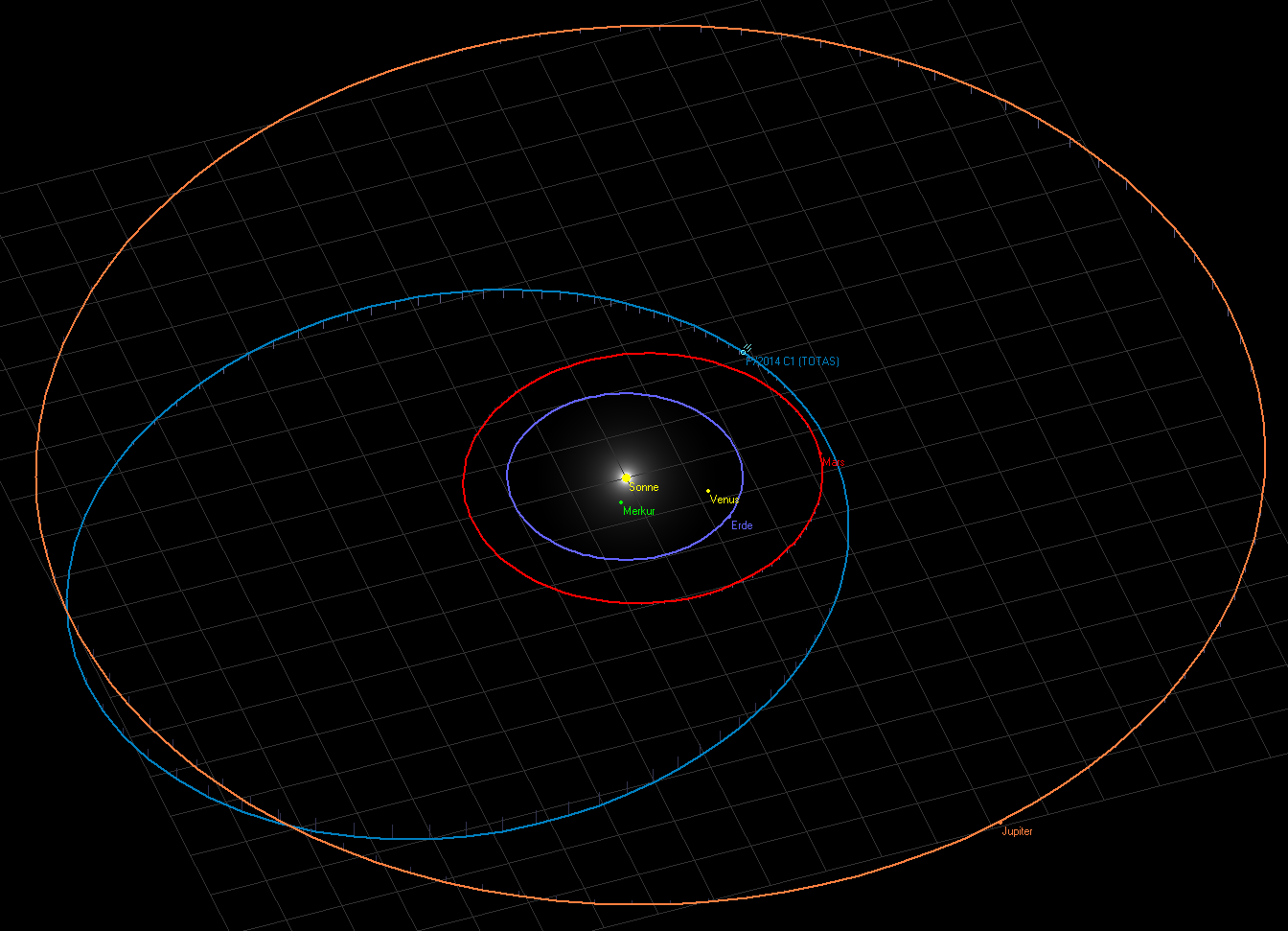2018 LA, the third predicted NEO impact on Earth
For the third time in recent history of asteroid detection a NEO was detected a few hours before it entered the Earth atmosphere (the two previous cases were 2008 TC3 and 2014 AA). Asteroid 2018 LA was discovered by the Catalina Sky Survey in the early morning (European time) of this Saturday, 2 June.
In a matter of hours additional observations were made and it became very probable that it would collide with the Earth.

